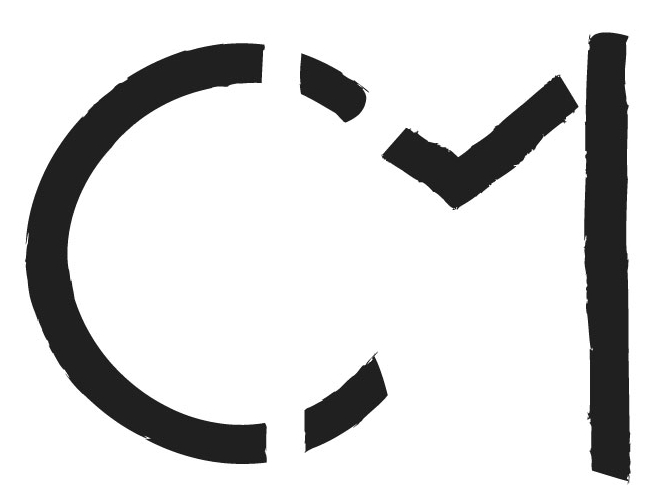Appeal, an installation created by the group The Green Eyl, was an experimental project created in 2007 before the boom of social. Capturing key behaviors still seen with today’s digital developments, the piece comments on the interactive, participatory, and occasionally destructive nature of humans.
Appeel was both displayed in internationally renowned museums and presented as street art. The brightly colored red or orange walls are basically a giant sticker wallpaper that consists of thousands of half-inch circular cutouts arranged in a grid. Each sticker dot could then be peeled, placed, and personalized by any observer. Not only was the audience challenged by the endless options of image, text, and design formed by the white space left from each sticker peeled, but they also have the same ability to mutate the surrounding environment with the sticker’s new placement.
Described as “disappearing and spreading like a virus” by The Green Eyl, the wall becomes a project needed to be completed by it’s audience until it’s exhausted. The wall mirrors the characteristics of a social platform by asking its audience to become both a single individual with a unique profile and a participant in a community. Likewise, the wall creates the same anonymous nature as social media by allowing participants to leave their desired amount of information with each “post” then walking away. Blurring of lines between public and private space, the movement of the dots to surrounding walls, on persons, and even out of the exhibit reference the actual privacy of social platforms and disruptive nature of social media in other areas of our life through excessive sharing or unwanted sponsored ads.
Similar to today’s social platforms such as Instagram and Tumblr, the dots urged people to act as storytellers and leave their personal footprint on the piece. From simple messages and monograms to portraits and complicated designs, each participant engaged in a different manner and attempted to distinguish themselves from the many other projects. However, unlike the belief that today’s social platforms will forever hold our pictures and posts, the audience in Appeel had to watch their work disintegrate as new participants covered and manipulated the dots for their own take at the wall.
Just as social platforms have developed and advanced, Appeel also began to integrate more technology as they brought the project to new locations. Trackers were placed in each sticker dot for a later use of locating and gathering information about their audience. Similar to today’s extremely popular use of geo-tagging and location based services, Appeel’s use of tracking technology honed in on the amount of information this technique can gather.
For existing years before some of these concepts were completely developed and an every day action, the similarities in behavior are synonymous . Originally created in a lo-tech medium, Appeel demonstrates aspects of human nature that haven’t changed. Highlighting the desire for interaction and personal mark making within a community, the social experiment emphasizes social behaviors that have always existed but are further developed when given an environment to act on. The technology is not changing our behaviors, but rather, it’s enhancing our instincts.




